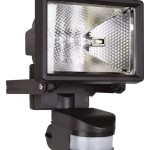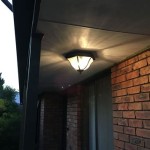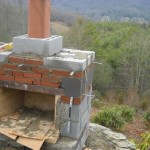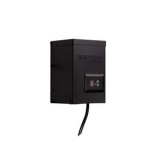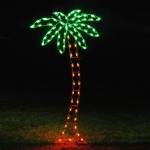Essential Aspects of Outdoor Lighting Distribution Types
Outdoor lighting plays a crucial role in enhancing the aesthetics, safety, and functionality of any outdoor space. Understanding the different types of lighting distribution patterns is essential for effective illumination and achieving the desired ambiance. This article explores the various distribution types available, their characteristics, and their applications to help you make informed lighting choices.
1. Narrow Beam Distribution
Narrow beam lighting, also known as spotlighting, emits a concentrated, focused beam of light. The beam angle is typically between 10 and 45 degrees, producing a precise and directional illumination. Narrow beam fixtures are ideal for highlighting architectural features, creating dramatic effects, illuminating pathways, and providing security lighting.
2. Medium Beam Distribution
Medium beam lighting offers a wider beam angle than narrow beam, ranging from 45 to 60 degrees. It provides a semi-focused beam that is suitable for general area lighting and accentuating landscape elements. Medium beam fixtures are commonly used to illuminate walkways, driveways, and patios.
3. Wide Beam Distribution
Wide beam lighting, with a beam angle exceeding 60 degrees, disperses light evenly over a large area. It creates a soft, ambient glow without creating significant shadows. Wide beam fixtures are often employed for general illumination, creating a welcoming atmosphere, and highlighting large landscape features.
4. Uplight Distribution
Uplight distribution directs light upwards, illuminating the underside of trees, shrubs, and architectural elements. It creates a dramatic effect, adding depth and dimension to the landscape. Uplight fixtures should be carefully placed to avoid glare and light pollution.
5. Downlight Distribution
Downlight distribution, as the name suggests, directs light downwards. It is commonly used for general illumination in outdoor areas, such as patios, balconies, and driveways. Downlight fixtures can be mounted on ceilings, walls, or poles to provide functional and aesthetic lighting.
6. Asymmetrical Distribution
Asymmetrical distribution directs light in a specific direction, creating a non-uniform beam pattern. It is often used for illuminating vertical surfaces, such as walls and building facades. Asymmetrical fixtures are highly versatile and can be customized to achieve the desired lighting effect.
Choosing the Right Distribution Type
Selecting the appropriate lighting distribution type depends on several factors, including the intended use, the size of the area to be illuminated, and the desired ambiance. Consider the following guidelines:
- For focused illumination and highlighting features, choose narrow beam distribution.
- For general area lighting and accentuating landscape elements, opt for medium beam distribution.
- For creating a soft, ambient glow and illuminating large areas, use wide beam distribution.
- Uplight distribution is suitable for dramatic effects and adding depth to the landscape.
- Downlight distribution provides functional and aesthetic illumination for general outdoor areas.
- Asymmetrical distribution is ideal for highlighting specific vertical surfaces.
By understanding the various outdoor lighting distribution types, you can create an effective and visually appealing lighting plan that enhances the functionality, safety, and ambiance of your outdoor space.

Light Distribution Choosing Gui For Outdoor Lighting Lightide

Led Lighting Distribution Types For Outdoor Street Area Light Agc

Led Area Light Outdoor Site Manufacturers Lightide

Led Lighting Distribution Types For Outdoor Street Area Light Agc

Led Flood Light Outdoor 347v Highbay Shoebox

Pennsylvania Outdoor Lighting Council Roadway Distribution Patterns Environmental Effects

Light Distribution In Dynamic Street Lighting Two Experimental Studies On Its Effects Perceived Safety Prospect Concealment And Escape Sciencedirect

All You Need To Know About Outdoor Parking Lot Lights Fireflier Lighting Limited

Area Light Distribution Pattern Types Throw
Iesna Outdoor Lighting Distribution Types I V Scientific Diagram
Related Posts
